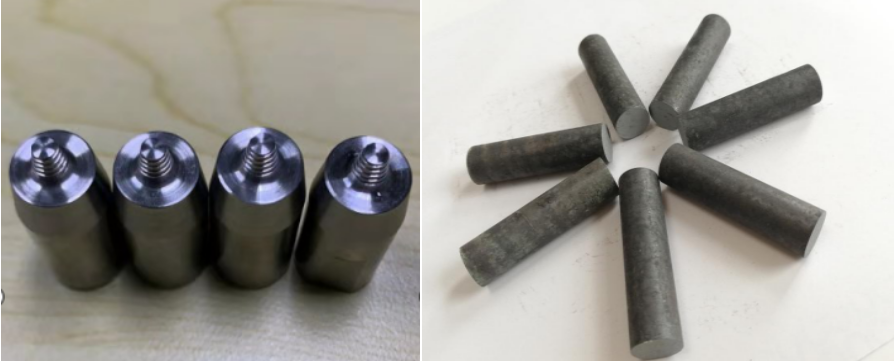
Application Technology
Understand cutting-edge application technology
Application Technology
The principle of friction stir welding
- Categories:Application Technology
- Author:
- Origin:
- Time of issue:2022-03-18 10:56
- Views:0
(Summary description)Friction stir welding refers to the use of the heat generated by the friction between the high-speed rotating welding tool and the workpiece to partially melt the material to be welded.
The principle of friction stir welding
(Summary description)Friction stir welding refers to the use of the heat generated by the friction between the high-speed rotating welding tool and the workpiece to partially melt the material to be welded.
- Categories:Application Technology
- Author:
- Origin:
- Time of issue:2022-03-18 10:56
- Views:0
Friction stir welding refers to the use of the heat generated by the friction between the high-speed rotating welding tool and the workpiece to partially melt the material to be welded. When the welding tool moves forward along the welding interface, the plasticized material is under the action of the rotational friction force of the welding tool. It flows from the front of the welding tool to the rear, and forms a dense solid-phase weld under the extrusion of the welding tool.

The friction stir welding method is the same as conventional friction welding. Friction stir welding also uses friction heat and plastic deformation heat as welding heat sources. The difference is that the welding process of friction stir welding is that a welding pin of a cylinder or other shape (such as a threaded cylinder) is inserted into the joint of the workpiece, and the high-speed rotation of the welding head is used to make it and welding. The workpiece material rubs, so that the temperature of the material at the connection part increases and softens. At the same time, the material is subjected to friction stir to complete the welding. During the welding process, the workpiece should be rigidly fixed on the back pad, the welding head rotates at a high speed, and the edge moves relative to the workpiece along the seam of the workpiece. The protruding section of the welding head protrudes into the material for friction and stirring, and the shoulder of the welding head rubs against the surface of the workpiece to generate heat, and is used to prevent the overflow of the plastic material, and at the same time, it can remove the oxide film on the surface.
Scan the QR code to read on your phone
Hot Technology Ranking








2022-10-20


Scan the QR code and follow the official account
Products
Precious metal functional materials
High-quality optoelectronic materials/high-purity targets
Refractory metals and their alloys
Special alloy/special steel
Spherical | Nano powder
Biomedical/3D printing products
Compound
Rare metals and their alloys
Rare metals and their alloysRare Metal Concept Cultural/Art/Collectible
Nuclear energy Nuclear power Nuclear industry
High temperature heat container
Microelectronics industry Chip thermal sink
Semiconductor equipment MOCVD thermal field
High efficiency & long life Wire for wire cutting
Medical equipment Medical instruments
Artificial bone joint Bioimplantation
Rare metal cultural & creative art collection Precious metal
Plasma|Special Welding Electrode
Ultra Minor Metals Ltd (UMM) all rights reserved 湘ICP备17001881号 by:www.300.cnchangsha



